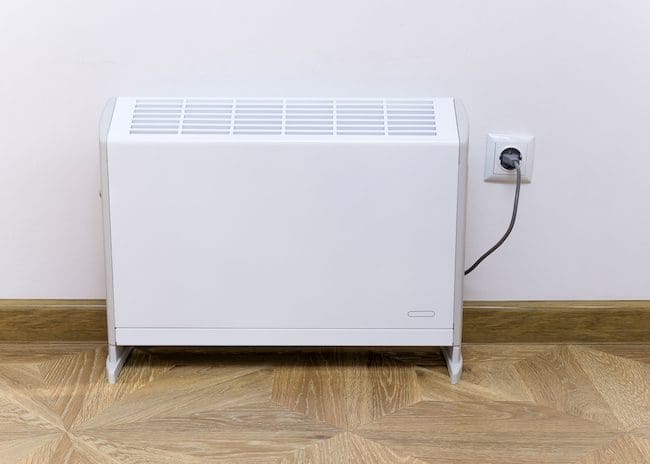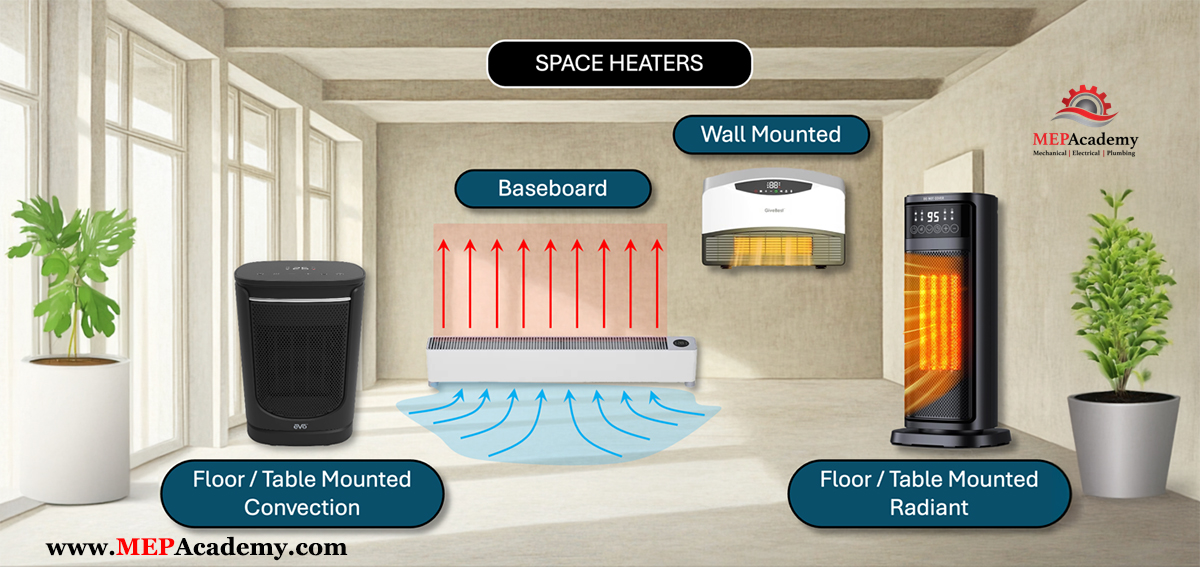An Unbiased View of 1 Source Portable Air
The Buzz on 1 Source Portable Air
Table of ContentsSome Of 1 Source Portable AirMore About 1 Source Portable AirSee This Report on 1 Source Portable AirSome Ideas on 1 Source Portable Air You Should KnowThe 5-Second Trick For 1 Source Portable Air
They heat the items in a room instead than space, so may benefit outside amusing areas or a space you can not draught-proof. They can be installed behind mirrors to warm a shower room (mirrors allow the infrared rays go through). They don't require time to warm up split second on.They can be quite costly. They require to be in direct line of view of the item or individual being heated. They can't be mounted opposite windows, or else heat goes right through. Infrared heating units usually cost between $300 and $900. Delegated right: Wall-mounted infrared panels, a radiant heating system, an oil column heater, and a fan heating system.
Room heating systems are responsible for around 43% of all home heating-related fires and 85% of linked deaths yearly, so safety ought to be high up on your checklist of top priorities. The bright side is, modern electric heaters are significantly much safer than their forefathers, and extremely secure in contrast to fluid gas burning heating systems which melt kerosene or various other accelerants.
We do discover some heating units that fail our security tests. We perform tests that show how heaters are potentially used in individuals's homes, including what takes place when the heater is toppled, and whether electric cables move too much (from their connection to the heating system) when yanked. Like all electric home appliances, electric heaters must abide by Australian electric safety standards.
Little Known Facts About 1 Source Portable Air.
Yet be careful if you're tempted by a no-name deal on an online website check that the item is specified to abide, and inspect its tag when it shows up. An overview to compliance marks can be discovered on many regulative websites, such as the Electrical Tools Safety System or NSW Fair Trading.

Despite the sort of heater you're using you must adhere to these guidelines for risk-free procedure. Just ever before make use of a space heater on the flooring never use a space heating unit on a shelf, bench or any type of elevated or irregular surface area. Do not use a space heating unit in shower rooms, cooking areas or any other damp areas water and electrical power are a poor combination.
All about 1 Source Portable Air
Never leave a running room heating system unattended, especially if there are little kids or family pets around. Convection heating units, such as oil column or panel heaters, are your best selection for a heating unit you're mosting likely to leave on all evening their gentle convection home heating is helpful to a simple night's rest, and they don't obtain as hot as other sorts of heating systems so they're much safer to touch (they compensate for this with the bigger heating surface).
A heating unit with a fan does not position a raised danger, but if the follower's noisy after that it won't be helpful to why not try this out getting a good evening's sleep. No, due to the fact that electric heating units don't produce carbon monoxide gas the way gas, kerosene or various other combustion heating systems do, so they're risk-free to make use of without air flow but there are cautions.
And while you don't require air flow, to get the most out of a convection heating unit you'll need a method to circulate the air in your space, such as this link a ceiling follower on opposite, or perhaps a pedestal follower, to disperse the heat uniformly instead than having it pool directly over the heating system. - 1 Source Portable Air
The Buzz on 1 Source Portable Air
The thermostat on your heating unit is essentially a heat triggered mechanical or digital switch which enables you to control the temperature in the room by switching on the heating unit listed below a minimum temperature level, after that turning it off once again once the maximum set temperature is reached. A great thermostat will certainly preserve an extremely constant temperature.
No matter of the existence of a thermal cut-out, you ought to never ever hang towels or various other items over any kind of heating unit to completely dry. Some heating systems may have a fuse rather of (or as back-up to) a switch.
A thermal fuse is not as convenient as a thermal button. Sadly, it's almost difficult for a consumer to recognize whether a heating unit has this kind of thermal cut-out tool. A lot of heating units have a thermal cut-out of some kind, yet not every one of them state so in their product requirements.
A tilt switch transforms the heating system off nearly promptly if it tilts past a certain angle or drops over. This helps stop informative post a potential fire from the hot components of the heater being in straight contact with the flooring or various other materials. We've discovered some heaters don't state whether they have a tilt button, yet still turn off when pressed over in our test.
Some Known Details About 1 Source Portable Air
You ought to never use an electric heating unit with an expansion cord or power board. Heating units draw a great deal of present which can trigger smaller sized scale expansion cables to warm up and catch fire. And if you absolutely have to use an extension cord, see to it it's a heavy responsibility one rated for the amount of present your heating unit attracts.
